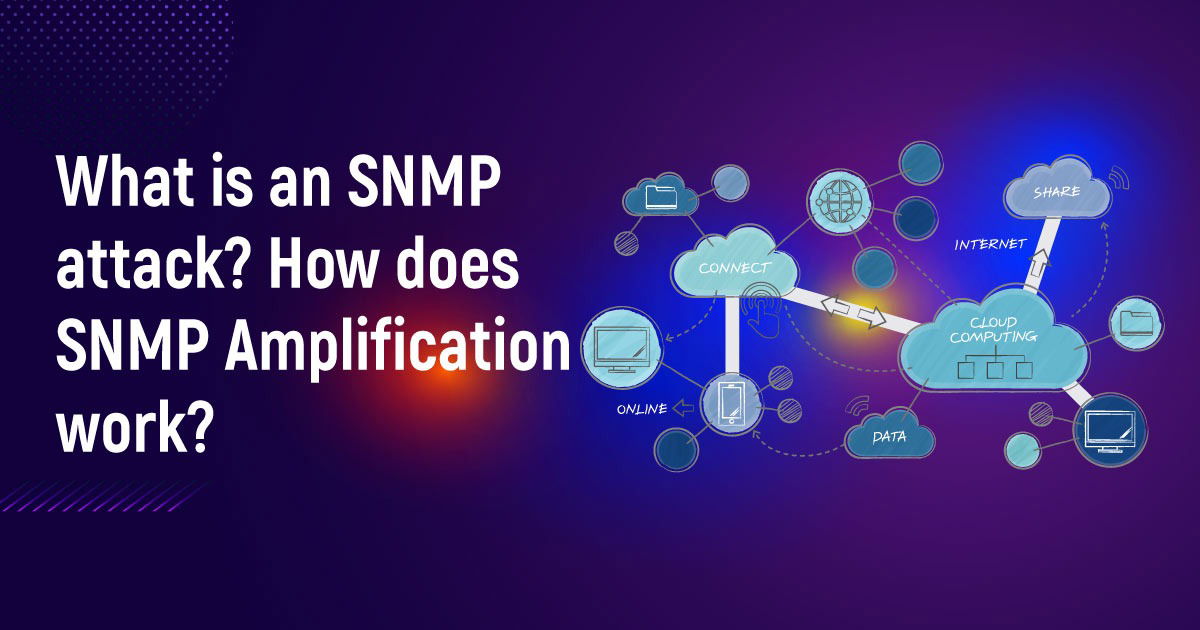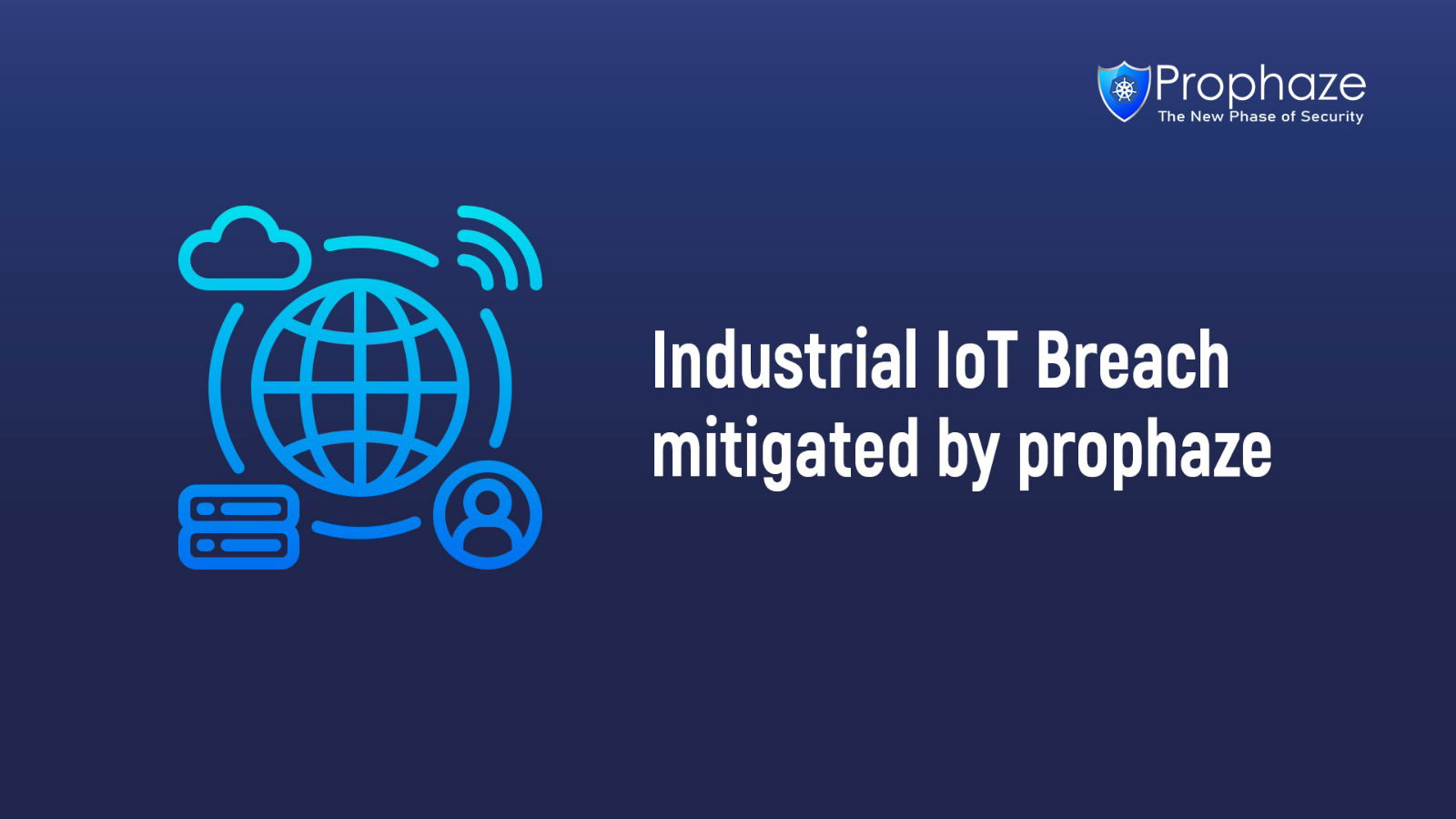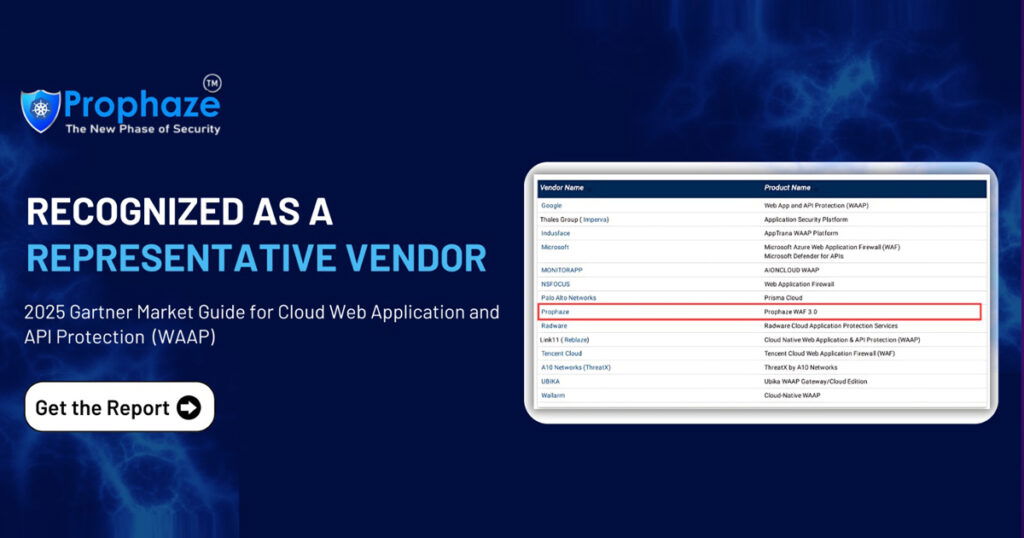Simple Network Management Protocol (SNMP) is a widely used protocol for managing and monitoring network devices. It allows network administrators to collect information, configure settings, and monitor the health of network devices, such as routers, switches, and servers.
Amplification attacks exploit certain protocols, like SNMP, to magnify the volume of traffic directed towards a target system. In SNMP amplification attacks, the attacker sends a small SNMP request to multiple SNMP-enabled devices on the network, which respond with larger responses. This amplification effect allows the attacker to flood the target system with a significantly higher volume of data, overwhelming its resources.
How does SNMP Amplification work?
During an SNMP amplification attack, the attacker spoofs the victim’s IP address and sends SNMP requests to vulnerable devices on the network. These devices, considering the requests as legitimate, respond with larger SNMP responses directed towards the victim’s IP address. This amplification effect multiplies the amount of traffic reaching the victim’s infrastructure, potentially causing service disruptions or even a complete system failure.
Risks and Impacts of SNMP Amplification:
SNMP amplification attacks pose significant risks and can have severe consequences for targeted systems and networks:
Network Congestion:
The surge of traffic generated during an attack can congest the victim’s network, leading to service degradation and impairing legitimate users’ access to resources.
Denial of Service (DoS):
Successful SNMP amplification attacks can overload the victim’s system, resulting in a denial of service. This can cause financial losses, reputation damage, and customer dissatisfaction.
Resource Exhaustion:
The excessive traffic generated during an attack can exhaust the victim’s server resources, such as bandwidth, CPU, and memory. This can cripple the system’s ability to function properly, impacting overall performance.
Device Vulnerabilities:
SNMP amplification attacks highlight the presence of vulnerable or misconfigured devices on the network. These devices can be further exploited for other types of cyberattacks, posing a long-term security risk.
Mitigation strategies to prevent SNMP Amplification Attacks:

To safeguard against SNMP amplification attacks, organizations can implement various preventive measures:
Access Control:
Configure firewalls and routers to restrict SNMP traffic to trusted management systems only. Block or limit SNMP requests from external sources.
SNMP Configuration Hardening:
Implement best practices for securing SNMP configurations on network devices. This includes changing default community strings, using strong authentication mechanisms, and disabling unnecessary SNMP functionality.
Traffic Monitoring:
Deploy network monitoring tools to detect and analyze unusual SNMP traffic patterns. This allows for timely detection of potential attacks and the ability to respond effectively.
Regular Patching and Updates:
Keep network devices up to date with the latest firmware and security patches. Regularly check for vendor updates and promptly apply them to address known vulnerabilities.
Conclusion
SNMP amplification attacks pose a significant threat to the security and stability of networks and systems. Organizations must be proactive in understanding this vulnerability and implementing appropriate measures to mitigate the risks. By enforcing access controls, hardening SNMP configurations, deploying traffic monitoring tools, and maintaining regular patching and updates, organizations can enhance their defenses against SNMP amplification attacks and strengthen overall cybersecurity resilience.












